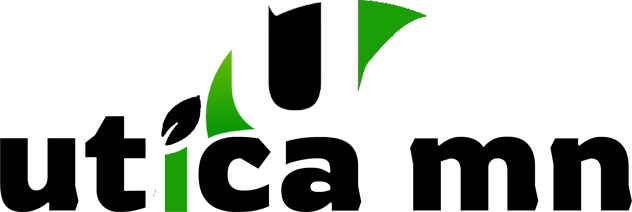In a world increasingly defined by data, the ability to collect, transmit, and analyze information in real time has become essential. This process is commonly referred to as telemetry, and in Polish, the word “telemetryczny” captures the essence of systems and technologies designed for remote measurement and monitoring. From healthcare and automotive systems to space exploration and smart cities, telemetry is at the heart of modern data tracking.
This guide explores the meaning of “telemetryczny,” its role in today’s digital landscape, and how it shapes industries, decision-making, and everyday life.
What Does “Telemetryczny” Mean?
The term telemetryczny derives from telemetry—a combination of the Greek words tele (“remote”) and metron (“measure”). Simply put, it refers to data tracking systems that automatically collect measurements from remote or inaccessible points and transmit them to receiving equipment for monitoring and analysis.
A telemetryczny system can include:
-
Sensors that capture real-time data
-
Communication channels (wired or wireless)
-
Processing units that analyze incoming information
-
Dashboards or interfaces for end-users to interpret results
How Telemetryczny Works
The process of telemetry can be broken down into four key steps:
-
Data Collection – Sensors measure variables such as temperature, speed, pressure, or location.
-
Transmission – Data is sent via networks (Wi-Fi, satellite, cellular, or radio waves).
-
Processing – The information is decoded and analyzed by software or central systems.
-
Utilization – End-users (humans or machines) act on the information in real time.
Applications of Telemetryczny Systems
1. Healthcare and Medicine
-
Remote patient monitoring (e.g., heart rate, blood glucose levels)
-
Telemetry units in hospitals for critical care
-
Wearable devices like smartwatches
2. Automotive and Transportation
-
Vehicle performance tracking (engine health, fuel efficiency)
-
Fleet management and GPS-based monitoring
-
Autonomous vehicle systems
3. Aerospace and Space Exploration
-
Satellites sending back climate or space data
-
Spacecraft systems transmitting performance metrics
-
Flight test telemetry in aviation
4. Industrial and Energy Sectors
-
Monitoring pipelines, power grids, and machinery
-
Preventive maintenance through sensor-based alerts
-
Efficiency tracking in renewable energy systems
5. Smart Cities and IoT
-
Smart meters for water and electricity usage
-
Urban traffic management systems
-
Environmental monitoring (air quality, pollution levels)
Advantages of Telemetryczny Data Tracking
-
Real-Time Insights – Enables faster responses to problems.
-
Automation – Reduces the need for manual measurement.
-
Scalability – Can track thousands of data points simultaneously.
-
Predictive Analytics – Helps forecast trends and prevent failures.
-
Cost Efficiency – Saves time and resources through automation.
Challenges in Telemetryczny
Despite its benefits, telemetry comes with challenges:
-
Data Security – Transmission over networks may expose systems to cyber threats.
-
Bandwidth Limits – Large-scale telemetry systems require robust infrastructure.
-
Accuracy – Faulty sensors or poor calibration may skew data.
-
Privacy Concerns – Especially in healthcare and consumer electronics.
The Future of Telemetryczny Systems
With advancements in AI, machine learning, and 5G networks, telemetry is becoming smarter and faster. Future applications could include:
-
Fully autonomous transportation ecosystems
-
AI-driven medical diagnostics with continuous monitoring
-
Climate change tracking with real-time planetary data
-
Hyper-connected IoT environments for personalized living
Final Thoughts
Telemetryczny systems are the backbone of modern data tracking, enabling industries, governments, and individuals to collect and act on real-time information. By connecting sensors, communication networks, and analytics tools, telemetry enhances efficiency, safety, and innovation.
